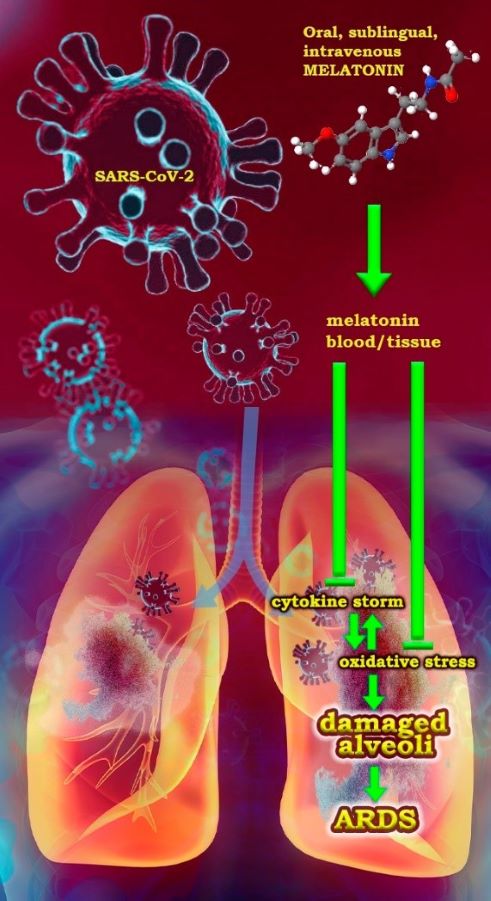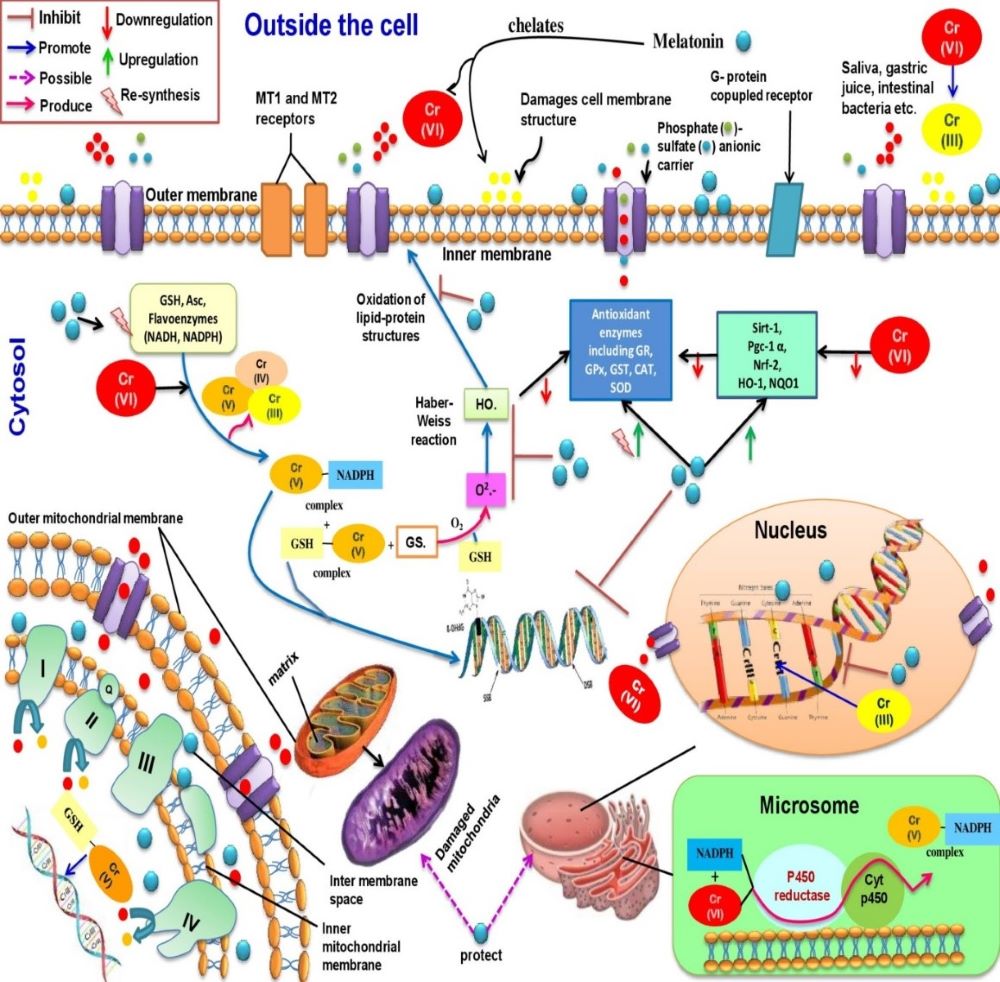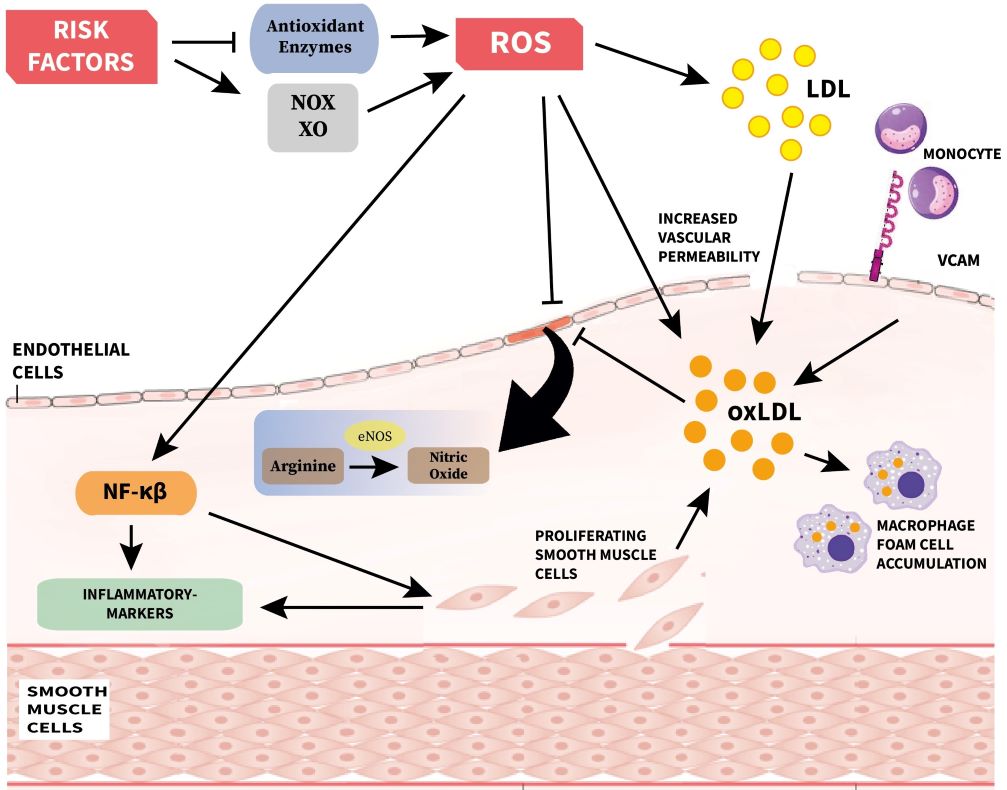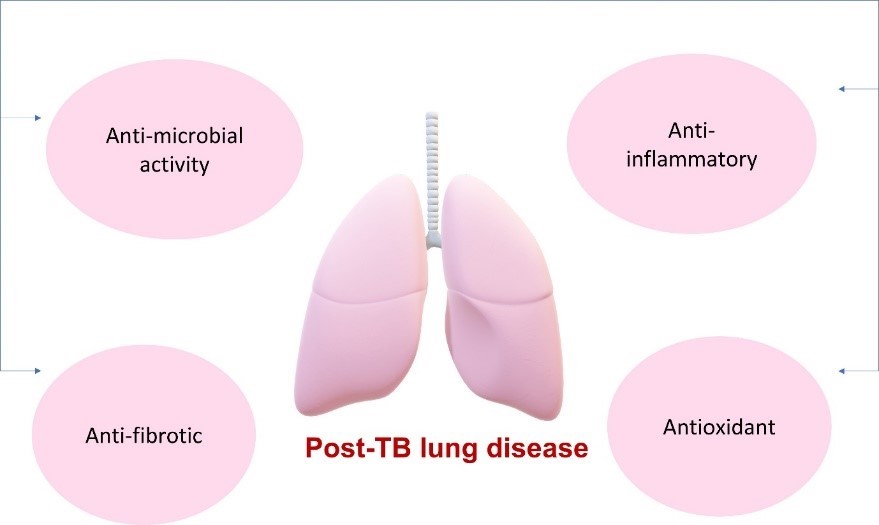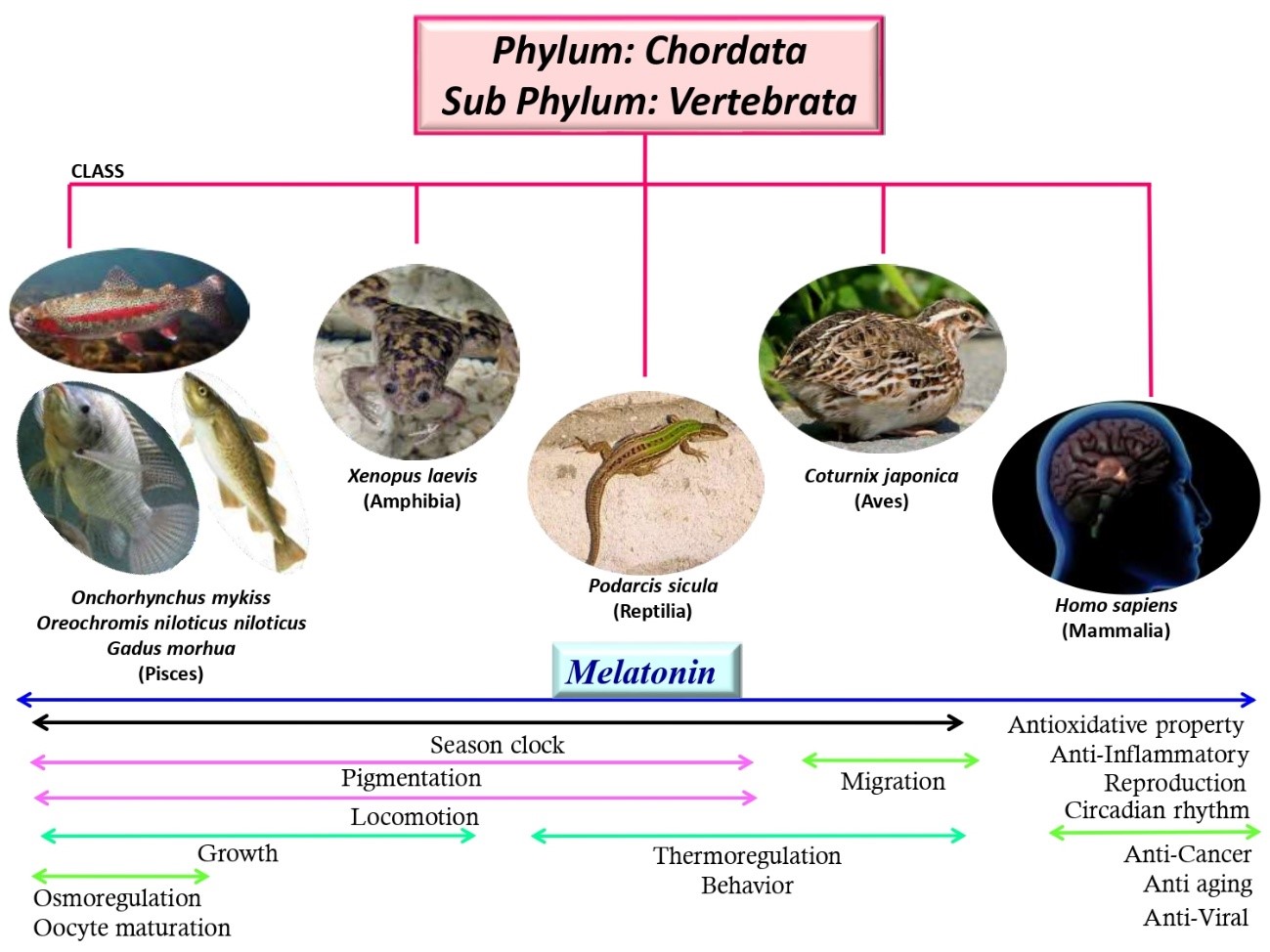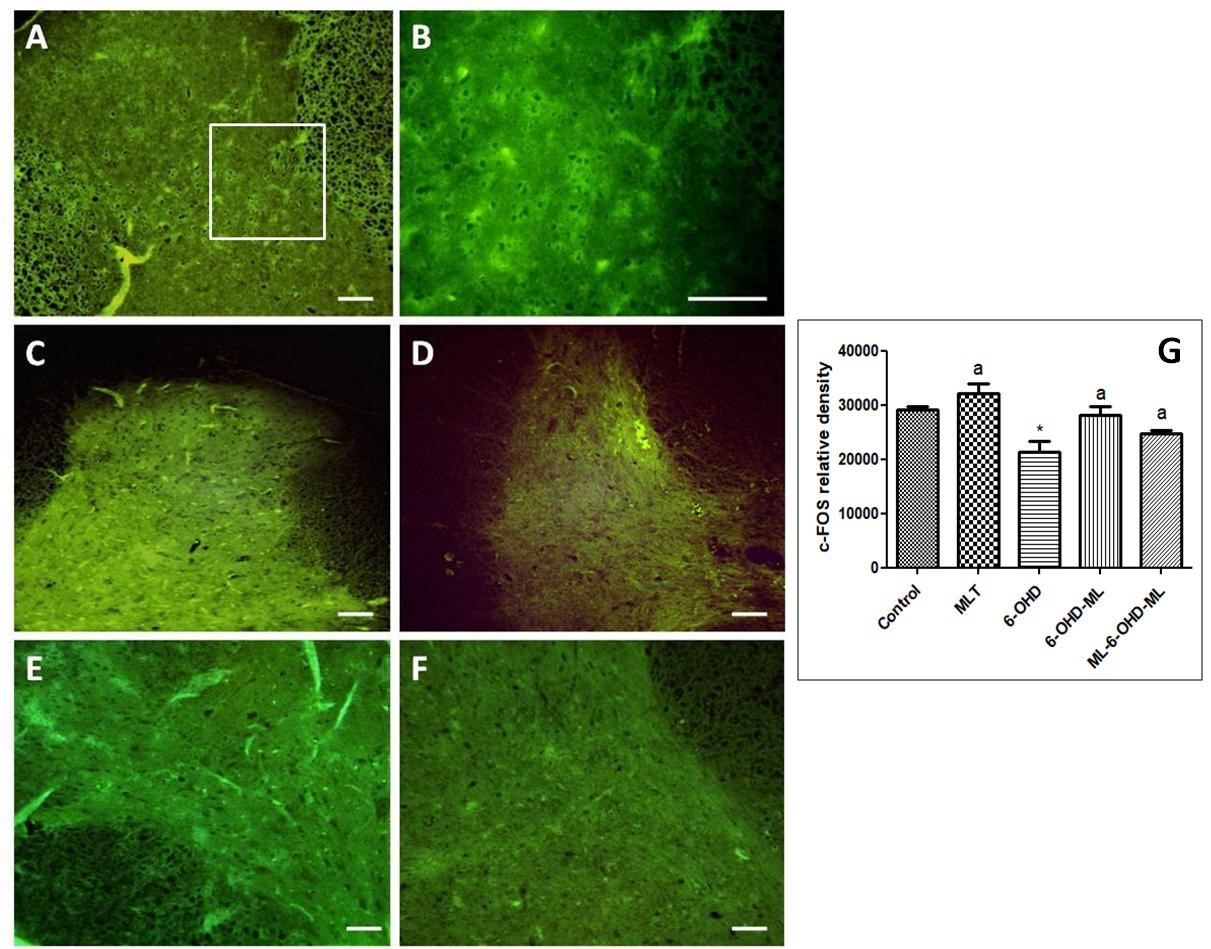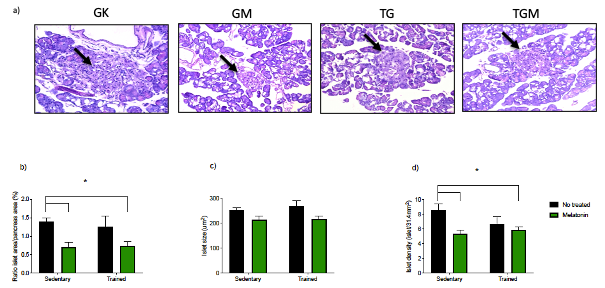
In this issue, Leite et al. report that a combination of melatonin and moderate-intensity aerobic exercise improves pancreatic beta-cell function and glycemic homeostasis. This study was performed using the Goto-Kakizaki (GK) rats which frequently serve as the type 2 diabetic animal model due to their spontaneously-occurring hyperglycemia and the elevated resistance of peripheral tissues to insulin. In this model, melatonin treatment alone reduced the mass of epididymal white adipose tissue (WAT)); however, a combination of melatonin and physical exercise significantly reduced caloric intake, body weight, WAT and improved glucose tolerance, insulin sensitivity and also reduced apoptosis of cells in pancreatic islets. These important findings provide a potential alternative treatment for patients with type 2 diabetes since melatonin is readily available, is inexpensive and its use is essentially without side effects. Also herein, Reiter et al. suggested the continued use of melatonin to limit a COVID infection including protection against the delta variant of SARS-CoV-2 as well as any eventual future variants of the virus. Melatonin is a non-specific anti-viral agent. It not only targets the virus per se, but it also improves the host tolerance to the pathogens; thus, it has a wide spectrum of anti-viral activity including against the mutated variants. Finally, to understand the multiple biological activities of melatonin, Banerjee et al. systemically reviewed the functional developments of melatonin during evolution. They propose that the original function of melatonin served as a free radical scavenger and antioxidant for all organisms and other functions of melatonin were acquired at the different evolutionary stages. The important information in these and other articles in this issue will help to further explain the multiple beneficial effects of melatonin.
